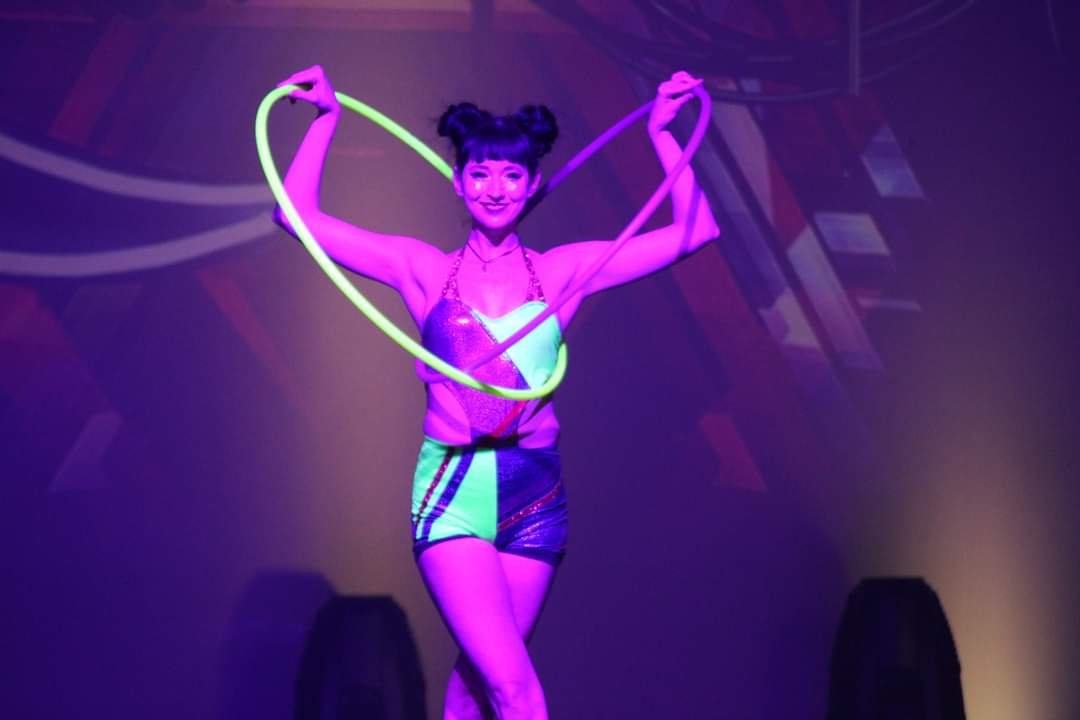From Acrobatic Origins to Dance Essential: The Leotard's Colourful History
The leotard, that ubiquitous garment, hugging dancers of all ages, boasts a surprisingly rich history that extends far beyond the ballet barre. Buckle up, fashion and dance enthusiasts, for a journey through time that traces the leotard's evolution from daring circus act to essential dancewear.
Born in the Circus Ring (19th Century): Our story begins with Jules Léotard, a daring 19th-century French aerialist. Tired of the bulky costumes that restricted his movement, Léotard designed a one-piece, form-fitting garment that allowed for maximum flexibility and showmanship during his trapeze routines. This garment, originally called a "maillot" after the French word for "knitted," would later be immortalized with his name.
A Slow Shimmy into Dance (Early 20th Century): Initially, the leotard's revealing nature made it a controversial choice for dancers, particularly ballerinas. However, by the early 20th century, male ballet dancers began to adopt the leotard, appreciating its ability to showcase their musculature. It took a bit longer for female ballet dancers to embrace the leotard, but by the mid-20th century, it became a standard part of their attire.
Material Matters (Mid-20th Century): Early leotards were crafted from cotton, which offered some stretch but wasn't ideal for intense movement. The invention of synthetic fabrics like nylon and Bri-Nylon provided a significant upgrade, offering better stretch and recovery. However, it wasn't until the arrival of spandex in the 1960s that the leotard truly revolutionized dancewear. Spandex's superior elasticity and shape retention allowed for a wider range of movement and a more streamlined look.
Beyond the Studio (Late 20th Century): The leotard's practicality and comfort transcended the dance studio. The 1970s fitness craze saw leotards embraced for aerobics and other exercise routines. This crossover into the world of athleisure further solidified the leotard's position as a versatile garment.
Modern Leotard: A Canvas for Creativity (21st Century): Today's leotards are a far cry from their simple beginnings. Designers are constantly pushing the boundaries, incorporating a kaleidoscope of colors, patterns, and embellishments. Mesh panels, cut-outs, and even features like built-in bras cater to a variety of styles and dance disciplines.
Leotard's Legacy: The leotard's journey reflects the evolution of dance itself. From its practical origins to its modern embrace of self-expression, the leotard remains a vital piece of dancewear, allowing dancers to move with freedom and confidence, all while expressing their unique style. So next time you see a dancer gracefully move across the stage, remember the fascinating history hidden beneath that leotard.

